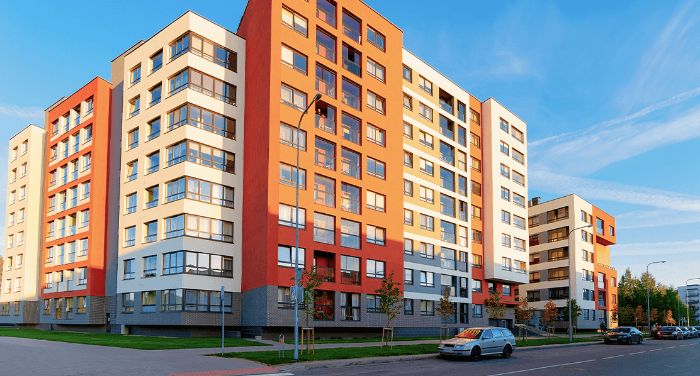Investigating the Effect of Ethernet Protocols on Enhancing Web Access in Multi-Dwelling Residences
Investigating the Effect of Ethernet Protocols on Enhancing Web Access in Multi-Dwelling Residences
Blog Article
Network protocols serve a crucial function in improving web access, especially in multi-unit units (MDUs) such as apartment buildings and condo complexes. These specifications define how information is transmitted over systems, ensuring that devices can interact efficiently. As an increasing number of people rely on the internet for employment, education, and entertainment, having a reliable and high-speed connection in MDUs has grown increasingly important. By understanding networking standards, property administrators and residents can make knowledgeable decisions about their internet provisions, resulting to better access for everyone.
One of the primary Ethernet standards is IEEE 802.3, which details the specifications for wired Ethernet links. This specification has evolved over the decades, bringing faster rates and enhanced performance. For example, the initial Ethernet standard provided speeds of 10 megabits per sec, while more recent versions, such as Gigabit, can provide speeds of up to 1,000 megabits per second. In MDUs, where numerous residents share the common internet connection, having a rapid Ethernet system can greatly enhance the overall user interaction. Faster speeds mean faster file transfers, more seamless streaming, and more reliable video calls, which are essential for remote employment and virtual education.
Another significant aspect of Ethernet protocols is the use of organized cabling systems. These systems arrange and manage the system cables that connect equipment within a structure. By adhering to the principles set by Ethernet protocols, MDUs can ensure that their wiring is effective and efficient. This structure assists minimize signal interference and improves information transfer standards. Additionally, structured cabling enables for easier upgrades and maintenance, making it simpler for property administrators to adapt to changing tech requirements. As web utilization continues to grow, having a properly organized wiring infrastructure is crucial for ensuring high-quality access.
Electricity over Ethernet (PoE) is another significant development in Ethernet technology that aids MDUs. PoE allows system cables to transmit electrical electricity together with data, removing the requirement for individual electric sources for devices like security monitors, Wi-Fi connectivity points, and VoIP phones. This feature streamlines setup and reduces disorder, making it easier to set up a complete network in multi-unit units. By utilizing PoE, property managers can enhance safety and boost web connectivity throughout the complex without the extra cost of extra power installation.
In summary, Ethernet protocols have a significant impact on internet connectivity in multi-dwelling buildings. By offering faster speeds, organized mdu internet scalability cabling, and innovative features like Power over Ethernet, these standards assist create a reliable and effective system for residents. As technology persists to progress, staying aware about Ethernet protocols will be essential for building managers and tenants alike. By investing in the right framework, MDUs can guarantee that all tenants enjoy a seamless web experience, making their residences more connected and accessible.